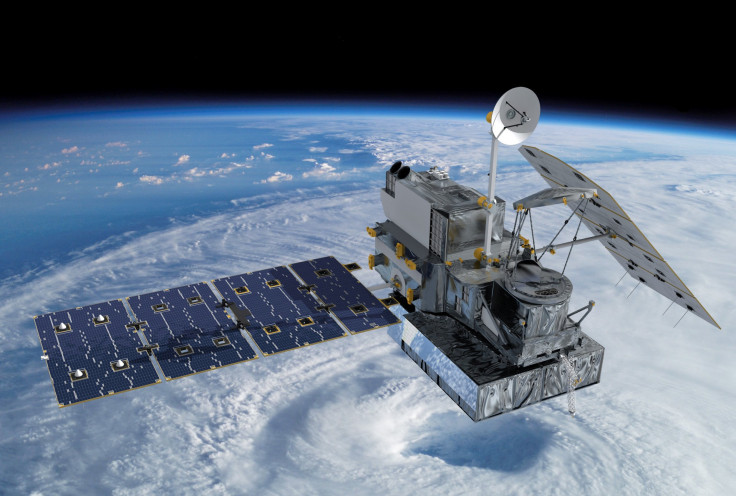NASA And Japan’s JAXA To Launch New Global Precipitation Satellite In February

NASA and Japan Aerospace Exploration Agency, or JAXA, have announced a joint venture to launch a new satellite in February to help environmental research and improve existing weather-forecasting methods.
The new Global Precipitation Measurement, or GPM, Core Observatory satellite will be launched abroad a Japanese H-IIA rocket between 1:07 p.m. and 3:07 p.m. EST on Feb. 27, 2014 from JAXA's Tanegashima Space Center in Tanegashima, an island located 936 miles off Japan's east coast. The GPM satellite is expected to provide advanced observations of rain and snowfall around the world several times a day to help better understand the water and energy cycles that drive Earth's climate.
“Launching this core observatory and establishing the Global Precipitation Measurement mission is vitally important for environmental research and weather forecasting,” Michael Freilich, director of NASA's Earth Science Division in Washington, said in a statement. “Knowing rain and snow amounts accurately over the whole globe is critical to understanding how weather and climate impact agriculture, fresh water availability, and responses to natural disasters.”
According to NASA, the data provided by the GPM satellite will be used to standardize rainfall measurements made by an international network of partner satellites to quantify when, where, and how much it rains or snows around the world.
“We will use data from the GPM mission not only for Earth science research but to improve weather forecasting and respond to meteorological disasters,” Shizuo Yamamoto, executive director of JAXA, said in the statement. “We would also like to aid other countries in the Asian region suffering from flood disasters by providing data for flood alert systems.”
The GPM satellite is developed based on the sensor technology used in the NASA-JAXA Tropical Rainfall Measuring Mission, which was launched in 1997.
The satellite includes two new instruments -- the GPM Microwave Imager to observe rainfall and snowfall at 13 different frequencies, and the Dual-frequency Precipitation Radar to transmit radar frequencies that will detect ice and light rain, as well as heavier rainfall. The second instrument will also measure the size and distribution of raindrops, snowflakes and ice particles, NASA said.
For more information on the GPM Core Observatory satellite, click here.
© Copyright IBTimes 2024. All rights reserved.






















